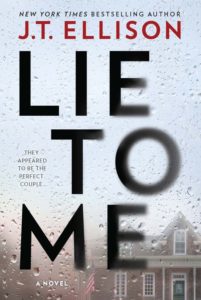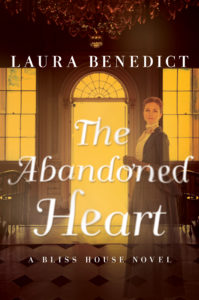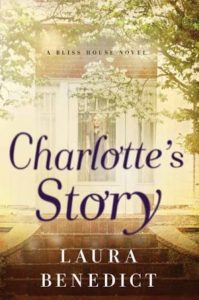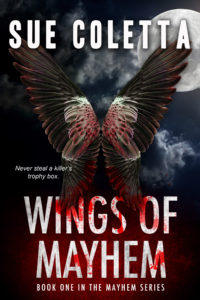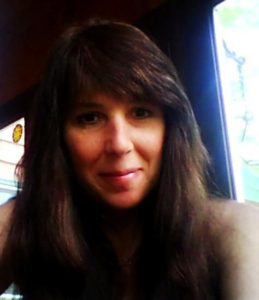I planned this piece as How to be a Good Podcast Guest. But as I plugged away in research, I realized the tips I’ll list are just as applicable to regular online conversations like Zooms and written guest posts. To keep on track, though, let’s focus on how to behave as a guest during a video podcast. After all, there is an art to being interviewed.
First, a look at how big today’s podcast world is. I found a statistics site called DemandSage and dug into their podcast stats as of 23February2023. Here are some interesting bits:
- There’re an estimated 464.7 million podcast listeners globally.
- That’s expected to reach 504.9 million by the end of 2024.
- It’s up from 274.8 million in 2019—approaching double.
- There’re over 5 million podcast sites with over 70 million episodes combined.
- Over 100 million Americans regularly tune in to podcasts.
- 78% of US citizens are aware of podcasts.
- 28% listen to at least one podcast per week.
- This year the podcast industry’s value is $2 billion USD.
- Next year, 2024, it’s expected to be $4 billion.
- 79% of Americans who enjoy podcasts download the episodes to their mobile smartphones.
- 15% still use a web browser and only 6% use a tablet.
- Apple is the leading podcast streamer followed by Spotify.
- 90% of podcasts are pre-recorded. Only 10% go live.
- The majority of podcasts are 20-40 minutes long.
You’re probably wondering why I’m qualified to write a post about podcasts. No, I don’t host a podcast, although the thought has shot through my mind. My experience is from being a guest—being interviewed by podcast hosts, some with large audiences.
Also, I’ve been a resource person in webinars and on talk shows. In the past few years, I’ve had several dozen online appearances and now it’s common to have one guest podspot per week and a half. Today, for instance, I’m on a crime writing podcast based in Ireland. (I hope my west coast Canadian accent amuses them.)
On with it. I’ll break my tips into three areas. Before the show, during the show, and after the show.
Before the Show
Be on time. This is crucial. Do not be late or arrive at the last second. It’s rude and unprofessional and you wouldn’t want anyone doing that to you.
Know your material and be prepared. This sounds so basic, but it’s the key to a meaningful performance. The host’s audience tunes in to get something out. Make sure you’re ready to give it.
Be familiar with your host and their show’s style. It’s a good idea to watch a couple of previous episodes if you’re not familiar with the program.
Tell the host what to ask you. This might sound vain, but you are the resource the host is presenting. You should know more about your particular subject matter than your host and it can be particularly helpful for them to formulate questions if you tell them what to ask.
Check your equipment. I’ve done enough appearances now to make a worthwhile investment in professional quality stuff—noise-cancelling headphones, a 1080-pixel camera, and two boom mics (one dynamic and one condenser). You can always use your computer’s mic and camera along with earbuds but the quality won’t be as good. Regardless, just ensure they’re operating.
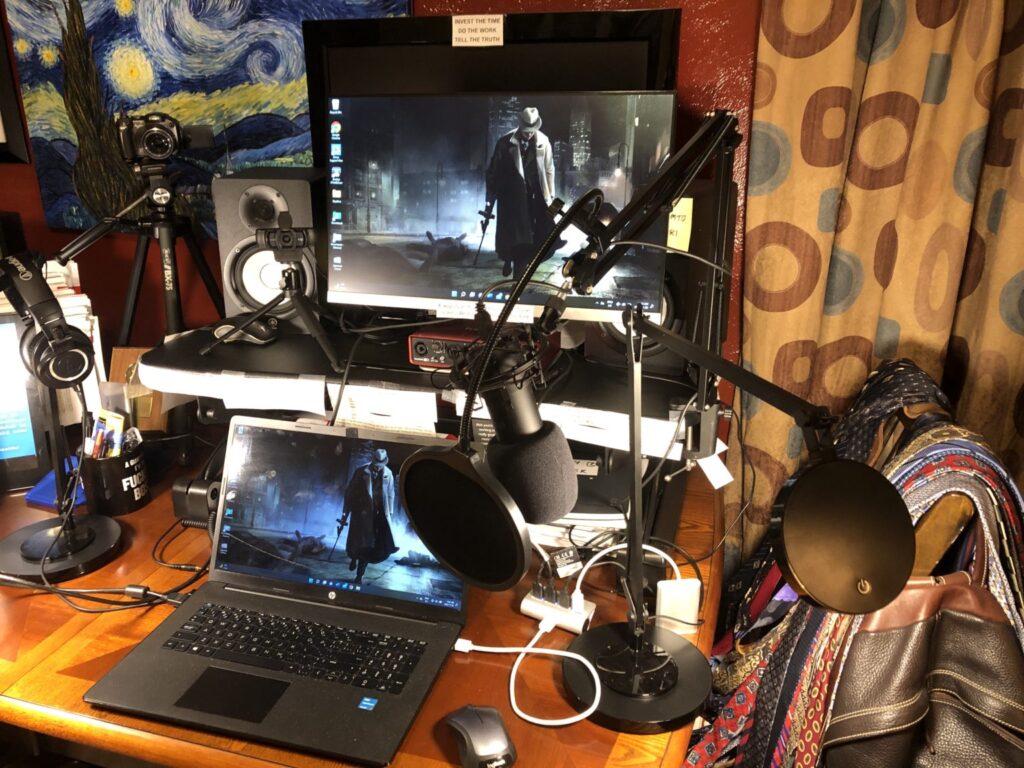
My Writing & Recording Station
Check your internet signal—especially if you’re on wireless. I had an embarrassing experience last week when I was on a live webinar and my signal crashed. I had to shut down, leave my studio with its backdrop full of props, and restart in the kitchen near the router. I survived, but I went and bought a roll of coaxial cable to hardwire my feed for next time.
Secure your room. Make sure whatever place you’re speaking from is secure from unexpected interruptions that could derail your presentation. Watch this funny video of a professor being interviewed live on BBC when his little kids crash the door. (BTW, it has 54 million YouTube hits.)
Turn off your cell phone.
Sound deaden your background. This is important. No one wants to listen to an echoey or tinny talk. I’ve decorated my space with fabrics like drapes, cushions, and neckties. Yes, I admit I’m a grabologist and collect neckties. (Have about 500.) They’re excellent for acoustic control and make a great backdrop. For economy, just lay towels over hard surfaces to do the job.
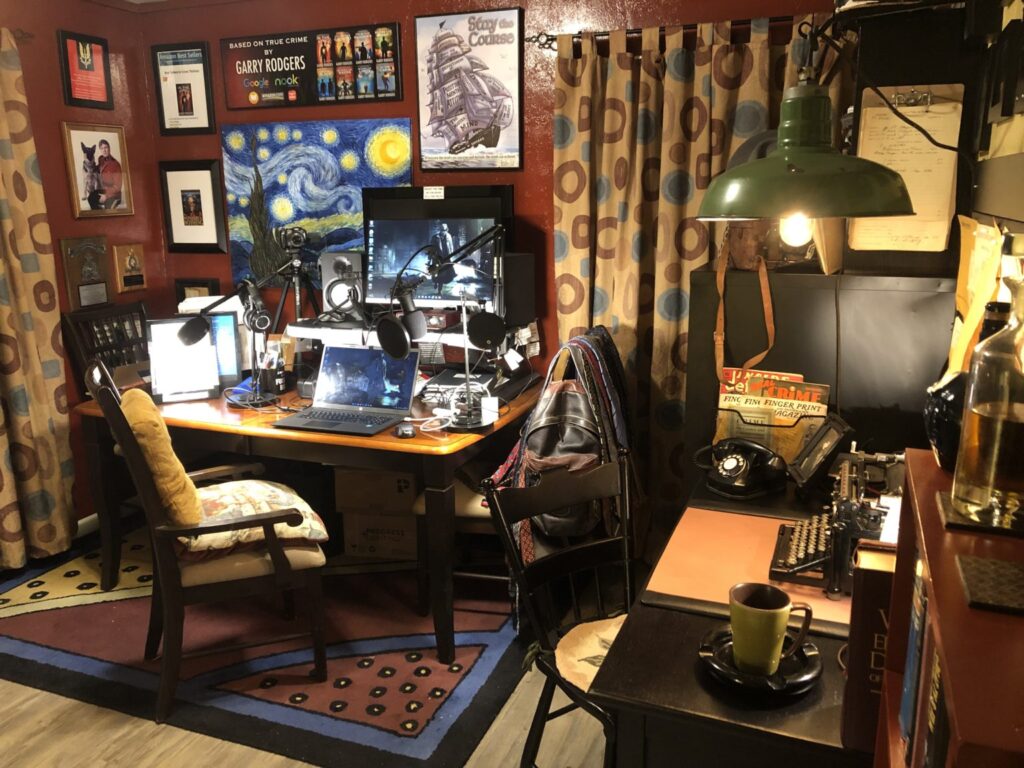
My Studio
Adjust your camera angle. How many pods and webs have you watched when you stared up a person’s nostrils or had a good view of their bald spot? I’ve learned to have the camera right at eye level so it appears you’re looking right into the audience’s eyes. And I’ve got a trick to share. I work with two screens. One is my laptop on the desk surface. The other is a larger monitor higher up. I fasten my Logitec digital camera with a piece of duct tape right in the center of the upper monitor. The audience can’t see the jury-rigging and the angle is perfect, but I do sit at an angle so my good side gets exposed. (I have a multi-time broken nose with a hump on one side.)
Microphone distancing. I use adjustable boom mics with pop filters. I find the best mouth-to-mic distance is spreading your palm and fingers open and place the mic from your mouth the space that your thumb tip is to your little finger. In my case, that’s 8 inches. Also, try to place the mic close to the centerline of your mouth but not blocking the camera view too much.
Lighting. Very important and should be unnoticed. You need a balance of light impacts, and it’s a visual tool to experiment with. Kind of the Goldilocks zone where it’s not too much, and not too little, but just about right. You want your front illuminated enough to be clear but not so bright that every imperfection (zit) is highlighted. I have dimmable LED overheads with adjustable side lights as well as backlighting. Part of the pre-show test with the host is checking the lights.
Dress and grooming. When you appear on camera, think of it like a job interview. Dress and look the part for the job. Clean and well kept but not overdressed or underdressed. Cameras are finicky when it comes to patterns like checks and stripes. It’s okay to be plain, Jane.
Water and bathroom. Make sure you’re comfortable. Take a pre-show bathroom break whether you need to or not. There’s nothing worse than feeling the urge at half-time. Hydration is important and the best drink is a lukewarm glass of lemon water. Also, have lip balm ready to suppress dry mouth lip smacks.
Eating on camera. This is a big no. Don’t even have food nearby and the same goes for chewing gum. It’s terribly distracting for a viewer to see a host or guest chomping away and then—Eghads!—letting off a belch or a fart.
Rest. Make sure you’re rested and ready. Don’t pull an all-nighter and go on a podcast in the morning. A yawn, or series of yawns, is a show killer.
Be aware of your tics. We all have ‘em. Use hand gestures to accent your speech but leave your hands from touching your face. As for tic words—“uhh”, “aww”, “geeze”, “like”, and “etcetera”—just be aware and keep them minimal. I know. That’s harder than it sounds because we don’t want to sound robotic.
Cheat sheets, notes, and props. It’s handy to have talking points or reference facts handy. Anticipate what you might need and have the materials nearby. Also, ask your host in advance if they’d like some “show as well as tell”. Never surprise them by whipping out something unexpected.
Your bio. Send your host a short and current bio before the podcast. A decent headshot, too. They’ll use this to introduce you. Clearly say who you are in third person and what expertise you have for the show. Include your links on how to be found but don’t try to sell anything. That can wait till the end of the show and let your host do the selling for you.
Nerves. We’re human, right? It’s natural to be nervous before a performance. Being properly prepared, as in all of the above, goes a long way toward killing butterflies. I like to engage with the host for about 15 minutes before show time. This sets a tone and allows an equipment check as well as giving some nerve-quelling time. If you do get a bit fluttery while on camera, here’s a remedy that works and no one sees. Simply place your fist in your solar plexus and slowly press. There’s a physiological reaction that calms the nerves.
During the Show
It’s your host’s show and audience. Your appearance is not about you. You’re just adding value to the host and their audience. Keep that in mind and focus on what’s in it for them. Remember, your host allowed you to go before their audience so be humble.
Listen as much as you talk. Take cues from your host and answer the questions. Clearly and concisely. Don’t seem evasive or unclear. Audiences, as well as hosts, pick this up and it either helps or hurts delivery not to mention credibility.
Stay “on brand”. Try not to get sidetracked and ramble off the topic. If you find yourself drifting, stop. The host will recognize this and steer you back.
Be conversational. Talk like you’re speaking casually with a friend. Ignore the audience and converse with the host as if the audience wasn’t even part of the show.
If you stumble or fumble your words, just own it. Laugh it off. Correct course. Move on.
Don’t hesitate to have a notepad handy. Stop and capture an idea or a link that comes up. It adds to your authenticity.
Lean forward toward the camera when you’re speaking. Lean back when you’re not. This subtlety truly works to engage interest. If you practice it, it becomes second nature. You won’t realize you’re doing it.
Use gestures. Don’t just sit stationary and converse. Smile, nod, wink if it’s appropriate, and use hand gestures, especially when explaining or comparing. But do this in moderation and be sure it appears natural, not contrived.
Be yourself. Relax and enjoy your time. Be entertaining and deliver value. But, you don’t have to be a comedian. It’s fine to freely laugh and get others laughing, too.
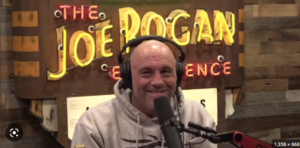 Remember your host’s name (and how to pronounce it). I keep the host and podcast name on a sticky note on the monitor, and I naturally use the host’s name in conversation. Can you imagine being interviewed by Joe Rogan and mistakenly calling him Neil Young?
Remember your host’s name (and how to pronounce it). I keep the host and podcast name on a sticky note on the monitor, and I naturally use the host’s name in conversation. Can you imagine being interviewed by Joe Rogan and mistakenly calling him Neil Young?
Don’t hesitate to mention previous work your host has accomplished. Leave a compliment and/or a reference to something your host has previously done.
Leave a takeaway at the end. Be prepared to sum up your core reason for being on the show. Depart by planting a seed in your host’s and their audience’s minds.
After the Show
Send a thank you note. Possibly a small gift, too. A little gratitude goes a long way toward being remembered, and you want to be remembered as a great interviewee.
Promote the podcast. Source the links and pitch the program on your social media sites and your mailing list. It not only boosts your host’s podcast but it increases your personal exposure.
Ask for referrals. Your host undoubtedly knows other podcasters and influencers. Don’t be afraid to ask if your host knows anyone else who’d like to have you as a guest. The worst they could say is no.
Get ready for your next podcast appearance.
* * *
I hear the question. How do you get leads and invites to appear on a podcast or be interviewed on a show? Well, there are lots of pitching tips on the internet. Some involve cold-calling. Some involve building rapport through networking and referrals. I don’t solicit appearances and can only speak to what’s worked for my discovery.
It’s come from my blog at Dyingwords.net. I’ve been at it 10 years and have over 400 posts. I stick to my tagline Provoking Thoughts on Life, Death, and Writing, and I consistently publish new material every second Saturday morning. I’ve worked out proper backlist Search Engine Optimization (SEO) protocols, and I get randomly found by podcast hosts and film producers on their constant search for new content.
And I have somewhat of a catchy bio:
 Garry Rodgers is a retired homicide detective and coroner, now turned crime writer and emerging film content producer. Garry has twenty indie publications on the market as well as being a regular podcast guest focussing on crime and forensics.
Garry Rodgers is a retired homicide detective and coroner, now turned crime writer and emerging film content producer. Garry has twenty indie publications on the market as well as being a regular podcast guest focussing on crime and forensics.
Garry Rodgers lives on Vancouver Island at Canada’s west coast. You can contact him via his Twitter handle at @GarryRodgers1 or follow his blog at www.dyingwords.net.
Kill Zoners – What’s your experience in being interviewed? Have you been a podcast guest? If so, how was your time? And what helpful art of being interviewed tips do you have for us?


